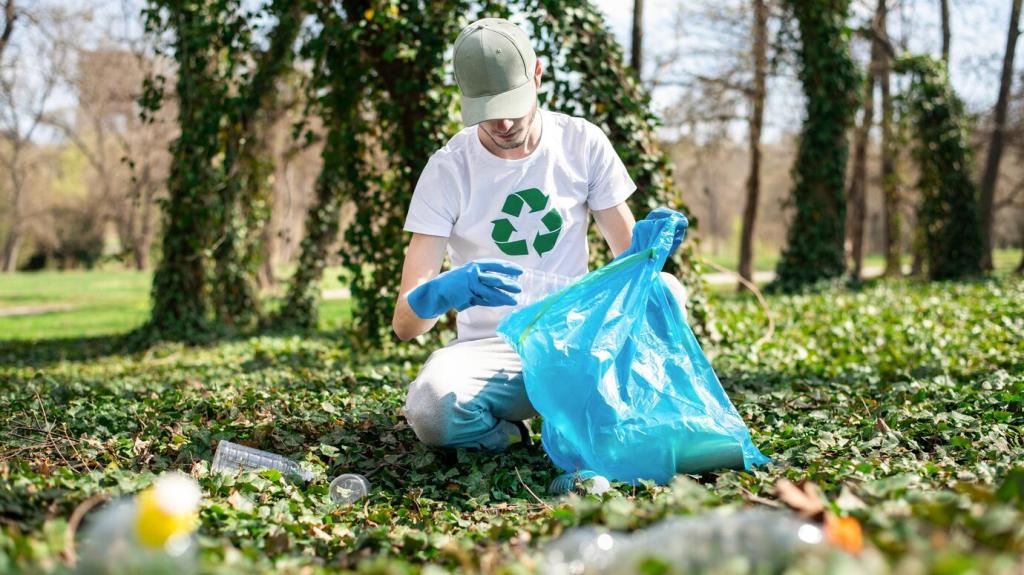
Gentle Guardianship: Environmentally-Friendly Pest Control for Wood Furniture
Chosen theme: Environmentally-Friendly Pest Control for Wood Furniture. Welcome to a space where heritage, health, and habitat coexist. Discover proven, low-toxicity strategies to protect cherished wooden pieces without harming your indoor air, finishes, or the planet.
Know Your Adversaries: Wood Pests and Their Habits
Common Culprits in Wood Furniture
Powderpost beetles, termites, carpenter ants, and the aptly named deathwatch beetle each leave distinct clues. Learning their life cycles helps time interventions responsibly, reducing chemical reliance while prioritizing gentle techniques compatible with antiques, heirlooms, and modern finishes alike.
Why Moisture Is a Magnet
Elevated moisture content softens wood fibers and invites borers. Stabilizing humidity deters pests naturally, keeping furniture resilient. Balanced environments protect glues, veneers, and inlays, especially in older pieces built with protein-based or shellac adhesives sensitive to aggressive treatments.
The Eco-Health Equation
Indoor air quality matters. Volatile pesticides linger on surfaces and in dust. Choosing heat, anoxic methods, or mechanical approaches safeguards children, pets, and sensitive finishes, offering whole-home peace of mind without sacrificing pest management performance or long-term preservation goals.
Early Detection: Subtle Signs That Save Furniture
Look for fine, talc-like frass, fresh round exit holes, and faint surface ripples. These indicators distinguish active powderpost beetles from dormant, historic damage, guiding whether to neutralize an infestation now or simply monitor carefully over several seasons.
In quiet rooms, adult deathwatch beetles sometimes emit soft ticking sounds. Musty, damp odors can hint at moisture problems that attract pests. Note timing and location, then log observations to spot patterns and decide on minimally invasive responses.
A bright flashlight, magnifier, sticky traps, and a moisture meter create an eco-friendly toolkit. Check suspect areas monthly, date-stamp photos, and track humidity. Consistent records support effective, targeted action without blanket chemical treatments or unnecessary disruption.

Non-Toxic Interventions That Work
Raising the furniture’s core to approximately 55–60°C for several hours is lethal to many wood borers. Use professional services or controlled, well-instrumented setups. Protect adhesives and finishes by heating slowly, monitoring temperatures, and allowing equally gradual cooldown periods afterward.
Non-Toxic Interventions That Work
Deep-freeze at roughly −20°C for at least 72 hours, double-bagged to prevent condensation. Acclimate slowly when removing, still sealed, to avoid moisture shocks. This approach is effective for small items and many finishes, though fragile veneers demand extra caution.



Green Dusts, Oils, and Boron Compounds
Food-grade diatomaceous earth can desiccate insects in cracks and cavities when puffed lightly. Keep it off visible surfaces and away from lungs. Use masks, work neatly, and vacuum escaped dust to maintain tidy, breathable living spaces while addressing pests.


Prevention: Make Wood Unwelcoming to Pests
Maintain indoor relative humidity around 40–55% with dehumidifiers or ventilation. Elevate furniture slightly off damp floors and allow airflow behind backs. A breathable environment discourages pests naturally and preserves joinery integrity across seasonal changes.
Prevention: Make Wood Unwelcoming to Pests
Touch up finishes, seal end grain, and repair hairline cracks to reduce egg-laying sites. Use gentle, pH-balanced cleaners, avoid waterlogging, and dust regularly. Careful maintenance discourages insects while preserving patina, color, and historically significant surface features.
A True Story: Saving an Heirloom Without Harsh Chemicals
From Panic to Plan
When tiny frass piles appeared under the bottom drawer, the owner wanted immediate sprays. After documenting signs and confirming powderpost beetles, they chose low-toxicity tactics, favoring heat treatment and humidity control over blanket chemicals and irreversible finish alterations.
The Green Intervention
Furniture was carefully heated under professional supervision to a confirmed core temperature, then cooled slowly. Edges and voids were inspected and vacuumed, and the room’s humidity stabilized. No harsh residues, no lingering odors—just thoughtful, measured steps grounded in conservation practice.
Happily Ever Aftercare
Over twelve months, no fresh frass appeared. The dresser’s warm glow remained untouched, and the family shared their process with neighbors. Subscribe to follow-up photographs, seasonal checklists, and tips you can adapt to your own beloved wooden pieces.
Join the Conversation: Learn, Share, and Protect
Post your trickiest pest puzzles—mystery holes, odd sounds, or humidity headaches—and we will explore green solutions together. Comment below, and subscribe for expert interviews on non-toxic methods that protect both furniture and family health.
